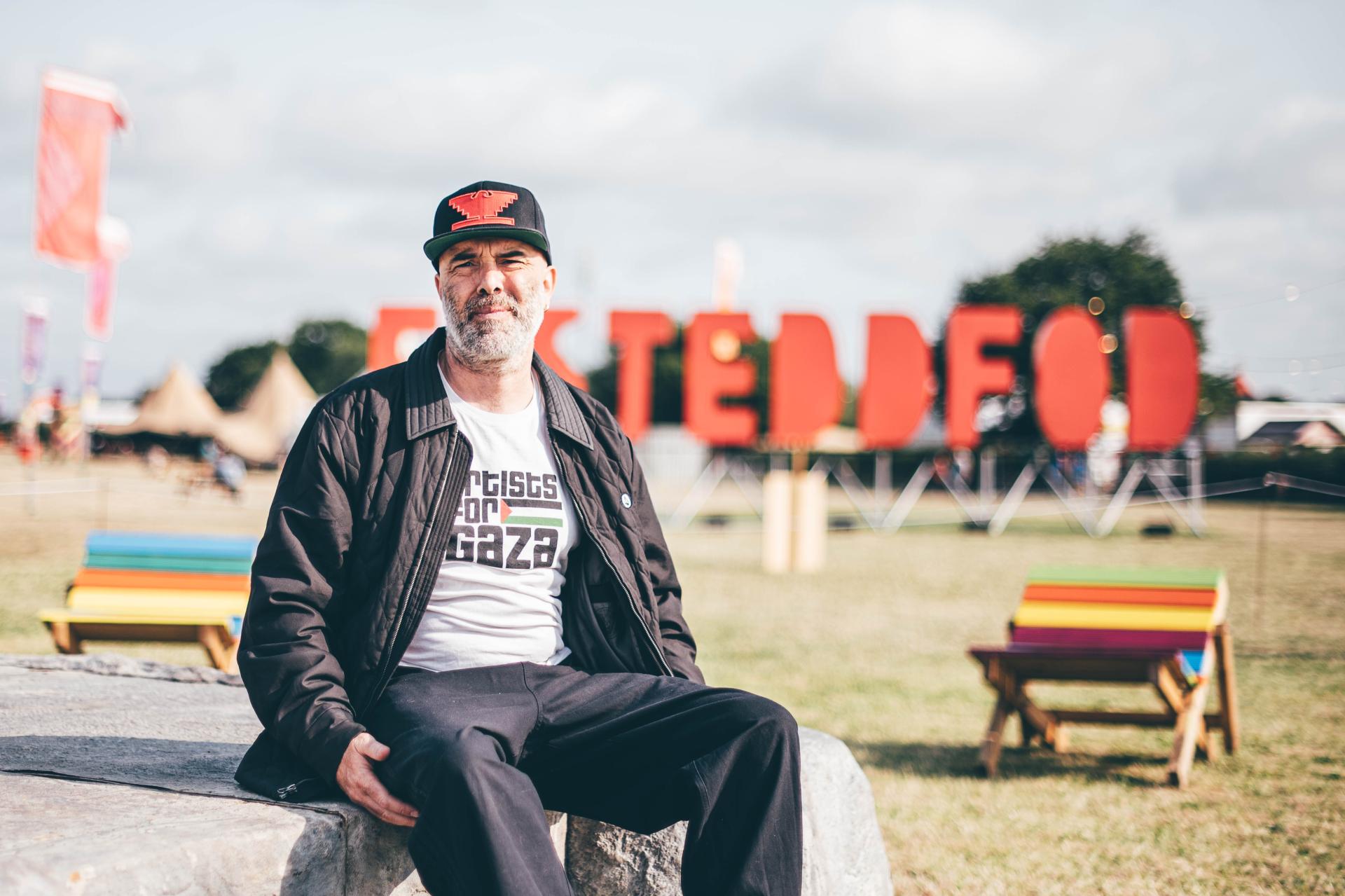A new meaning was given to the plea “A Oes Heddwch?” (“Is there peace?”) during the 1945 National Eisteddfod in Rhosllannerchrugog, when it was announced from the stage that Japan had surrendered and the Second World War was over
The announcement about the war was sudden and unexpected. The Pavilion audience was enjoying a choral recitation competition when the Eisteddfod secretary, J.T. Edwards, stepped onto the stage and announced the news.
A Western Mail correspondent wrote, “For a moment, there was complete silence. Everyone seemed stunned, not grasping the significance of the announcement. Then the floodgates opened. The crowd rose to their feet, shouting and applauding loudly until it seemed as if the roof might lift. Few in the Pavilion that day had dry eyes. Everyone knew what it would mean for their husbands and sons still serving in the Far East.”
After the celebrations, it was announced that a thanksgiving service would be held. The Western Mail summarised the day, “So the Rhos Eisteddfod, which began during the Second World War, closed with the world at peace.”
The Eisteddfod took place just days after the first atomic bomb was dropped and exploded over the city of Hiroshima, killing 166,000 people.
To mark 80 years since that devastating event, and following a minute of silence in the Pavilion, composer Cian Ciarán of Super Furry Animals presented a sound installation within the Gorsedd Circle on the National Eisteddfod field.
Inspired by visits to Japan, Hibakusha is one of the art projects being presented during the Wales–Japan Year – a year-long celebration of the connections between the two nations.
The six-hour presentation reflects the flight of the Enola Gay from takeoff to the release of the Little Boy bomb over Hiroshima, using 12 speakers surrounding the stone circle to create a 360-degree sound experience.
Cian hopes the experience will encourage others to consider the effects of Hiroshima and inspire peacebuilding, echoing the ceremonial core plea of the Eisteddfod: “A Oes Heddwch?”
Cian said, “I believe, given the current geopolitical climate, it’s more important than ever for us to reflect, and this piece is timely in reminding us of the catastrophic effects war and conflict can have on people’s lives. The National Eisteddfod is symbolic and has always offered a space for reflection and peacebuilding. I made the conscious decision not to perform because I wanted people to focus on the subject, themselves, and their experience within the installation.”
The piece is one of more than 20 art projects and collaborations forming the Wales–Japan Cultural Programme 25. Led by Wales Arts International, the international agency of the Arts Council of Wales, in partnership with the Welsh Government and the British Council, the cultural programme is a key element of the Wales–Japan Year 2025, designed to deepen creative and economic ties between the two countries.
As part of the National Eisteddfod’s event programme, Cian will appear alongside campaigner Catharine Huws Nagashima, a Welsh migrant to Japan, to reflect on the importance of remembrance in building peace. Under the title “Remember, Remember, Remember,” the two will speak at an event on stage with Jill Evans, Vice-Chair of the Wales Peace Academy, Wales’ first “peace institution.”
Jill Evans said, “The Wales–Japan Year gives our two nations the opportunity to learn from each other while sharing our rich cultural heritage.”
Eluned Hâf, Head of Wales Arts International, added, “The Wales–Japan Year is an opportunity for our two nations to share reflections and learn from each other through art and culture.”

